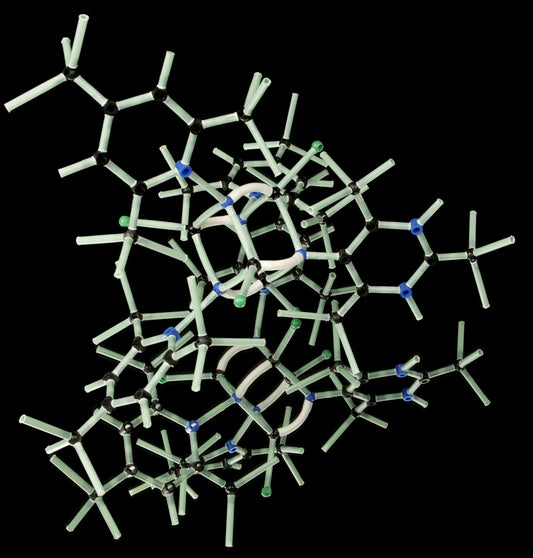
Unveiling Research Chemicals: Exploring the World of Novel Substances
Share
Join us as we explore the realm of research chemicals and uncover their nature, uses, and considerations. Let's delve into this fascinating world of novel substances!
- Understanding Research Chemicals:
Research chemicals, also known as "designer drugs" or "new psychoactive substances," are synthetic compounds created to mimic the effects of existing substances or explore new chemical structures. They are primarily developed for scientific research purposes.
- Varied Applications:
Research chemicals can have a range of applications, from laboratory research to pharmacological studies and clinical trials. Their diverse chemical structures and properties offer avenues for investigating potential therapeutic uses or understanding the mechanisms of the human mind.
- Legality and Regulation:
The legal status of research chemicals varies across countries and regions. Some compounds may fall into legal gray areas, where their sale, possession, or use may not be explicitly regulated. However, it's important to note that legality does not guarantee safety or quality.
- Risk and Safety Considerations:
Due to the limited research and understanding of research chemicals, their effects, risks, and long-term consequences may not be fully known. It's crucial to approach these substances with caution and prioritize harm reduction practices.
- Lack of Quality Control:
Research chemicals often lack the quality control standards that regulated pharmaceutical drugs undergo. This means that purity, potency, and potential contaminants can vary significantly, posing risks to those who consume them.
- Harm Reduction Measures:
If individuals choose to engage with research chemicals, harm reduction practices should be followed. This includes accurate dosage measurement, testing substances using reliable methods, and seeking guidance from experienced harm reduction organizations.
- Education and Awareness:
Staying informed about research chemicals is essential. Educate yourself about the specific compounds you're interested in, their effects, potential risks, and any available research. Reliable sources, scientific literature, and harm reduction communities can provide valuable insights.
- Community Support:
Engage with communities that prioritize harm reduction and responsible substance use. Connect with individuals who share knowledge and experiences, fostering open dialogue and support while promoting safer practices.
- Responsible Choices:
Remember, personal safety and well-being should always be the top priority. Make informed decisions, understand the potential risks, and be mindful of your own physical and mental health. If in doubt, it's best to seek guidance from healthcare professionals.
Let's approach the topic of research chemicals with curiosity, responsibility, and a commitment to promoting harm reduction practices. By fostering awareness and sharing knowledge, we can navigate this evolving landscape with greater caution and understanding.



